Detects Engine Knock
- The primary function of the knock sensor is to detect abnormal vibrations or “knocks” in the engine caused by improper combustion (pre-ignition or detonation). These vibrations result from uneven or uncontrolled combustion pressure in the cylinder, often caused by a misfire or rapid ignition of the air-fuel mixture.
2. Sends Signals to the Engine Control Unit (ECU)
- The knock sensor sends a signal to the Engine Control Unit (ECU) that indicates the occurrence of knocking. This signal is typically an electrical voltage that fluctuates in response to detected vibrations.
- Based on the sensor’s input, the ECU can adjust engine parameters such as spark timing (advance or retard) and fuel mixture to prevent or reduce knocking.
3. Prevents Engine Damage
- If knocking is left unchecked, it can cause severe damage to engine components like the pistons, cylinder walls, and the crankshaft. The knock sensor helps prevent this by detecting early signs of knocking and allowing the ECU to adjust engine settings before serious damage occurs.
4. Improves Engine Efficiency
- Knock sensors help the engine maintain the optimal ignition timing for maximum power output and fuel efficiency. By detecting knock, the ECU can adjust timing to prevent knock while still maintaining engine performance.
- In situations where knock is detected, the ECU might retard the spark timing, reducing knock and maintaining a smooth combustion process without causing power loss.
5. Supports High-Performance Engines
- Performance engines that run on high compression ratios or use high-octane fuel are more likely to experience knocking. The knock sensor helps such engines operate safely at higher power outputs by constantly monitoring knock conditions and adjusting engine parameters to avoid it.
6. Piezoelectric or Microphone Technology
- Most modern knock sensors are based on piezoelectric technology, which generates an electrical signal when subjected to vibrations. The knock sensor typically has a crystal element that produces an electric charge when exposed to vibrations caused by engine knocking.
- Older systems or some specific applications may use microphone-style sensors, which detect sound waves generated by engine knocking and convert them into electrical signals.
7. Increased Durability and Reliability
- Knock sensors are designed to withstand the high-temperature and high-vibration environment inside the engine. They are typically located on the engine block, cylinder head, or near the pistons, where they can most effectively detect the vibrations caused by knocking.
- Many knock sensors are made from ceramic or metal materials to ensure long-term durability and reliability under extreme engine conditions.
8. Adjusts Spark Timing
- One of the key ways the knock sensor helps optimize engine performance is by allowing the ECU to advance or retard the ignition timing. If the sensor detects knock, the ECU can retune the spark advance to eliminate it, thereby preventing engine damage and enhancing combustion efficiency.
9. Prevents Premature Combustion
- The knock sensor ensures that the combustion process is occurring at the right moment, helping prevent premature combustion (pre-ignition or detonation). In an ideal combustion cycle, the spark plug ignites the fuel mixture just before the piston reaches its top-dead-center (TDC). If the ignition happens too early or too late, knocking occurs, leading to inefficient combustion and potential engine damage.
10. Optimizes Fuel-Anticipation Systems
- In modern vehicles with adaptive fuel management and turbocharged engines, the knock sensor provides real-time data to adjust fuel and air mixtures for peak performance. It allows the engine to adjust dynamically, depending on load, speed, and other conditions, without risking knocking or engine knock-related damage.
11. Monitors Engine Load and Performance
- The knock sensor helps monitor and adapt to changes in engine load and driving conditions. When high load conditions (like towing, high-speed driving, or aggressive acceleration) increase engine knock potential, the knock sensor ensures that spark timing is adjusted appropriately to prevent damage while optimizing power output.
12. Integration with Other Sensors
- The knock sensor works in conjunction with other sensors such as the Crankshaft Position Sensor, Camshaft Position Sensor, and Mass Air Flow (MAF) Sensor to enable the ECU to make precise adjustments for optimal engine performance.
- The sensor’s information also supports more accurate diagnostics and fault detection, helping pinpoint issues in the engine or fuel system that might lead to knocking.
13. Diagnostics and Troubleshooting
- If the knock sensor fails or provides incorrect readings, the ECU will often trigger a Check Engine Light (CEL) and store a Diagnostic Trouble Code (DTC), such as P0325 (Knock Sensor Circuit Malfunction). Common symptoms of a faulty knock sensor include engine misfires, reduced engine performance, and rough idling.
- The failure of a knock sensor can lead to incorrect spark timing adjustments, which may result in poor fuel economy, increased emissions, or even engine damage over time.
14. Compact Design
- Knock sensors are small and compact devices, usually with a circular or cylindrical shape, designed to fit easily onto the engine block or cylinder head.
- Their compact size allows for integration in tight engine spaces, while still effectively detecting engine knocking vibrations.

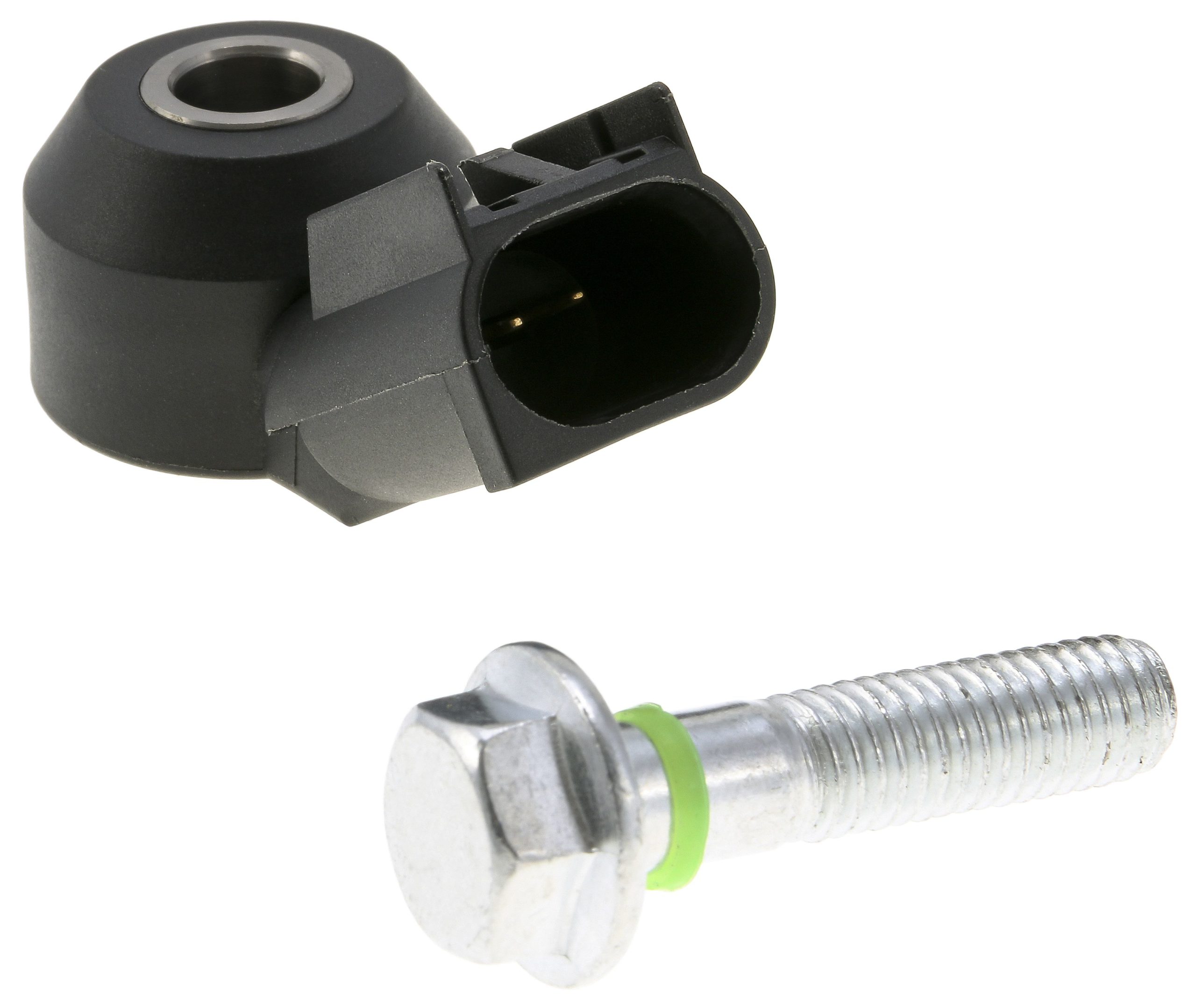
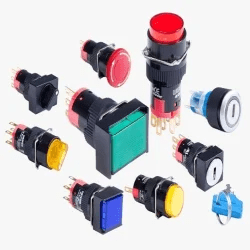
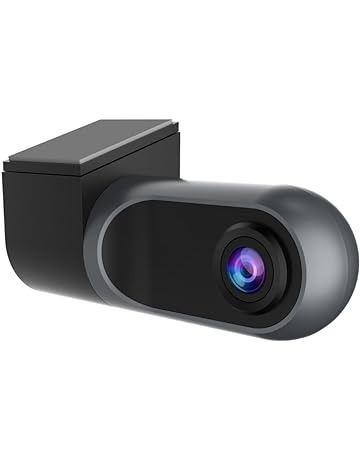
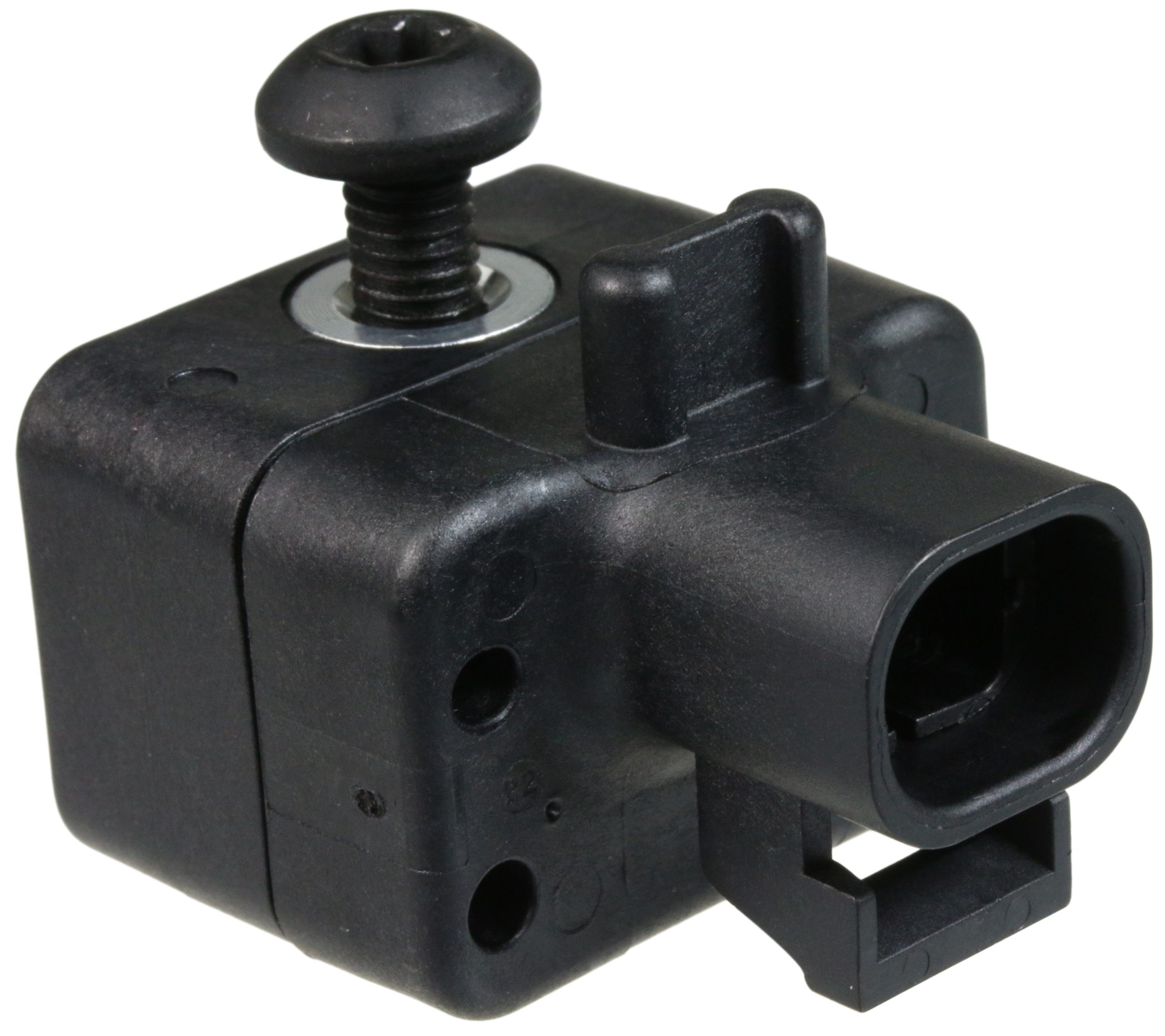
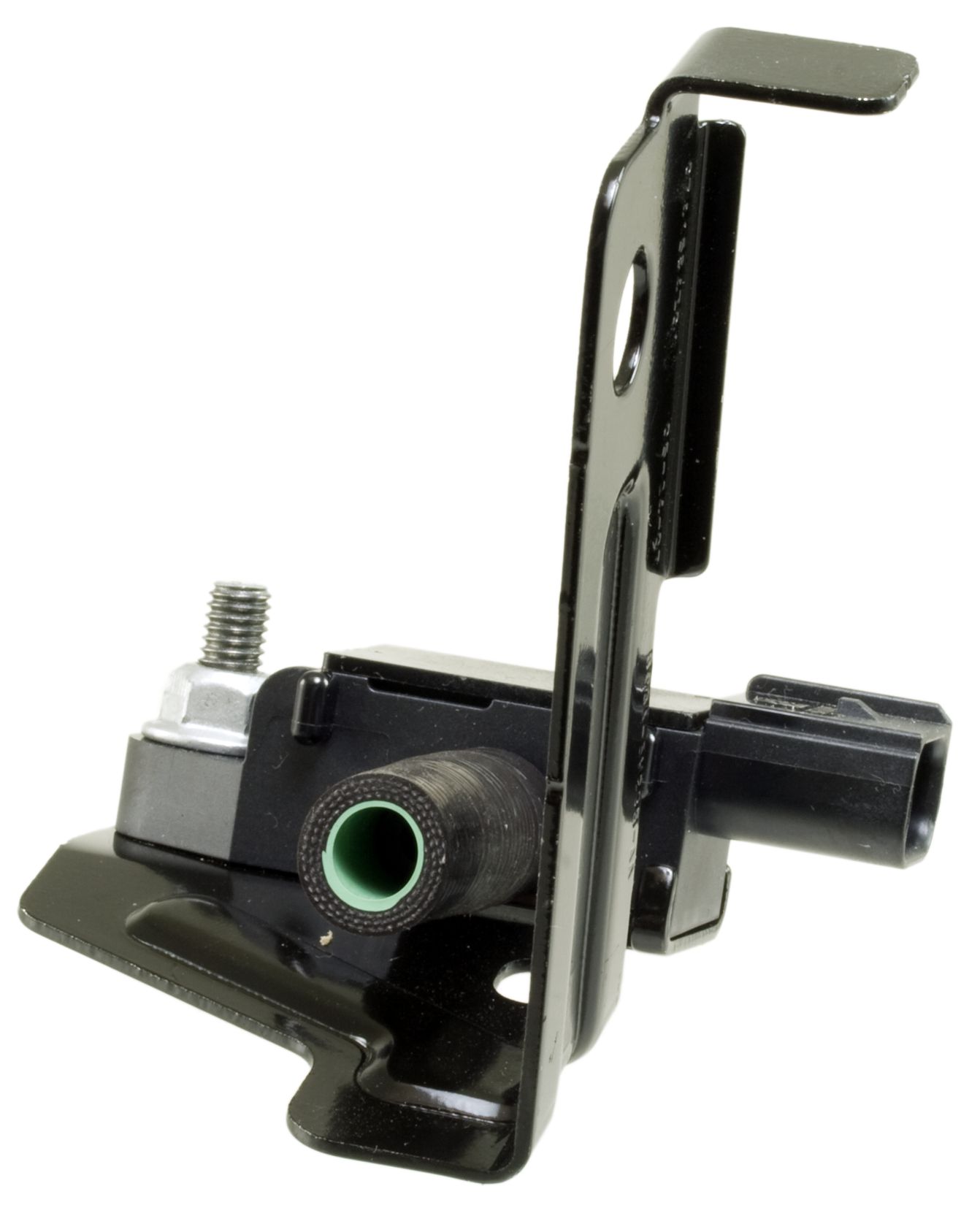


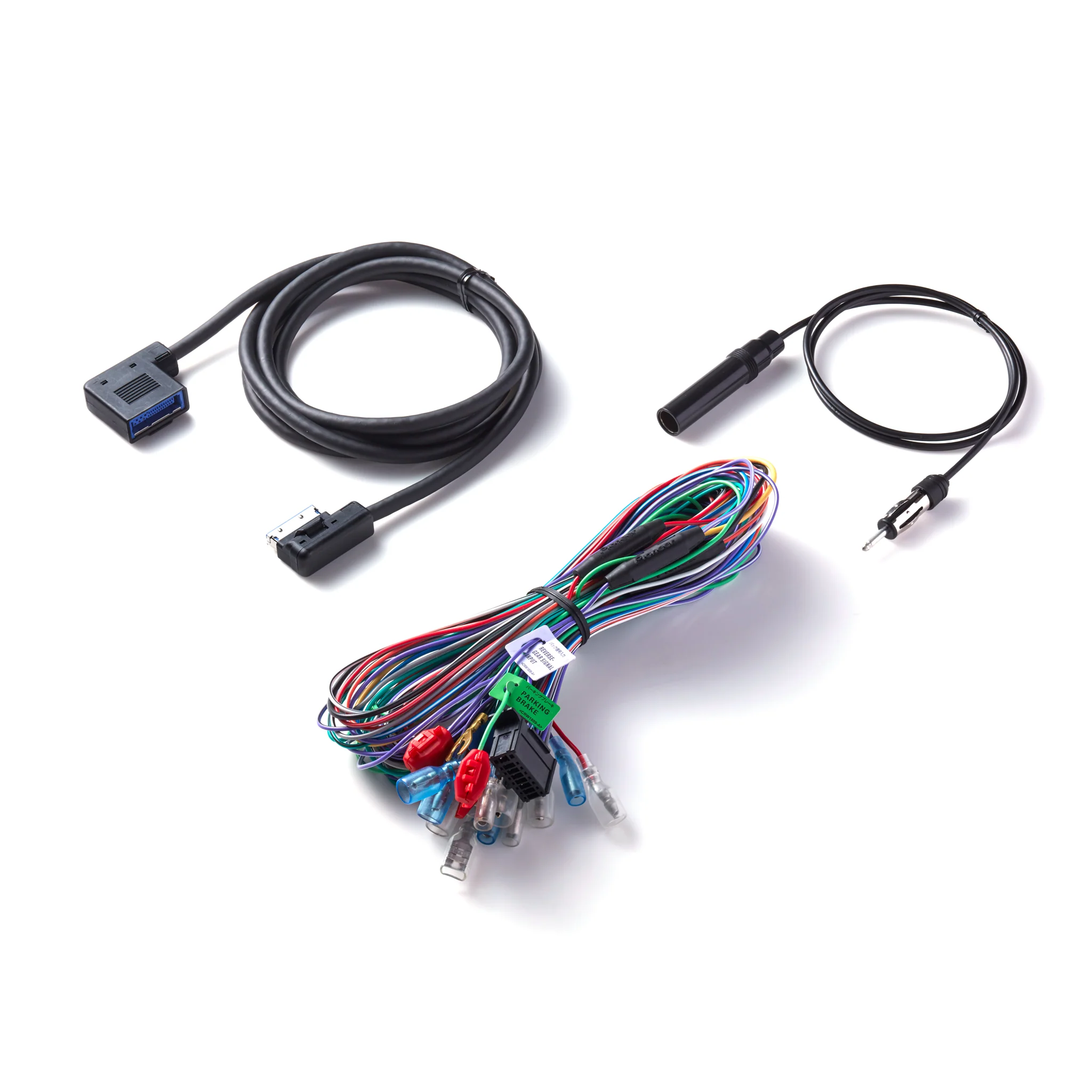
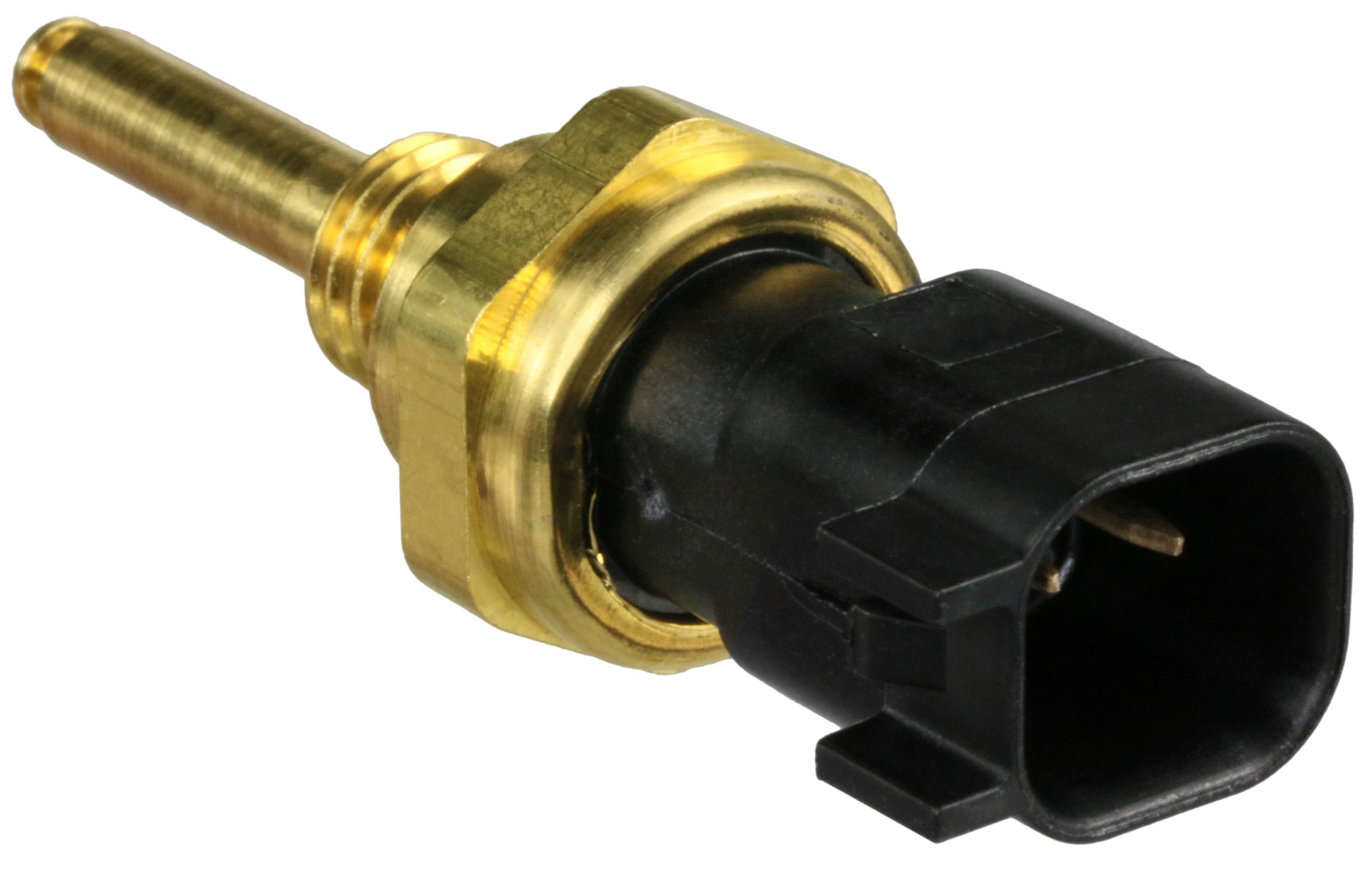
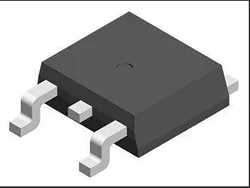


There are no reviews yet.